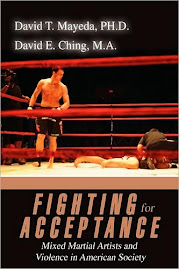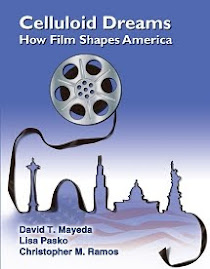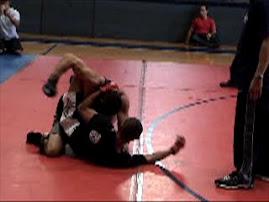The folks over at Sociological Images have a fantastic review of the recently released movie, Avatar, up. Their commentary discusses how race, colonization, and the "noble savage" are deeply embedded in the blockbuster film. And the comments beneath their review also interrogate covert gender trends in the film.
They relate Avatar to other relatively recent films, such as Dances with Wolves and The Last Samurai, where white men "go native" and end up assuming major leadership roles within indigenous/minority populations, thereby ultimately becoming the central leaders for those "other" populations.
Consequently, the bottom line message from that genre of films is that while there are lessons to be learned from both cultures, it is the white, male culture that truly enables people of color to resist internal or external threats, even if only temporarily. Or even in movies based on true events, such as Freedom Writers and The Blind Side, with white women as the saviors, one must wonder (1) why those stories in particular were chosen as stories for motion pictures, and (2) why those stories were recieved so well by American audiences.
In the end, who, once again, is the hero, and what does this say about racial stratification in film and society? This is the same message I argued was expressed in Gran Torino (though most readers of that entry expressed their hatred of me and my analysis).
It is a fantastic read and obviously applicable for students right now. Check it out: On Avatar, The Movie (Spoiler Alert)























